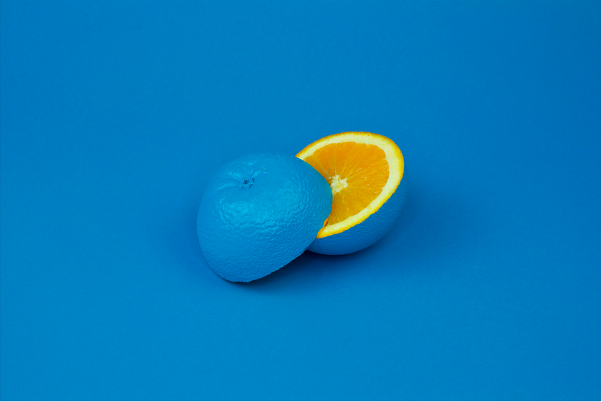Contrast is a crucial aspect of user interface design. It improves usability, readability, and visual interest across your application’s different screens by creating clear distinctions between elements.
Strong contrast is essential for building visual hierarchy, inviting users to interact with important elements, and enhancing the overall aesthetics of the interface. Without it, designs can feel dull or confusing—and the last thing you want is users struggling to navigate your web app effectively.
Why Contrast is Important in UI Design
At UILand, we’ve identified several reasons why contrast matters so much to app and web UI designers:
-
Guides user attention
The human eye naturally drifts toward differences. Strong visual cues encourage users to explore buttons, calls-to-action, and other vital parts of a screen. -
Enhances readability
Good contrast makes content easy to scan and comprehend, reducing visual fatigue and helping users process information quickly. -
Increases visual interest
Contrast keeps interfaces engaging. Mixing large and small text, light and bold elements, or sharp and soft edges creates dynamic layouts that hold users’ attention for longer.
Types of Contrast
Here are the predominant types of contrast you’ll notice across apps on UILand:
1. Color Contrast
Color contrast employs different colors to distinguish visual elements. High color contrast—like black text on a white background—makes text more readable and highlights important information.
2. Luminance Contrast
Luminance contrast uses differences in brightness to highlight elements. By making some components brighter than others, you establish a clear visual hierarchy and help users see what matters most.
3. Texture Contrast
In many apps modeled on UILand, different textures add depth and visual interest to the interface. Texture contrast can make elements feel distinct and improve the overall user experience.
4. Size and Shape Contrast
Another way to create contrast is through varying sizes and shapes. For example, placing a large button beside smaller text can effectively guide user attention and signal where to click.
5. Typography Contrast
Typography contrast relies on different font styles, weights, and sizes to emphasize information. Done well, it improves clarity, readability, and scannability across your UI.
Conclusion
When you use contrast effectively in your UI design, you don’t just end up with a more visually appealing product—you significantly enhance usability and the overall user experience.
Thoughtful contrast helps users know where to look, what to read first, and where to act, turning your interface into a place they want to explore and return to again and again.
